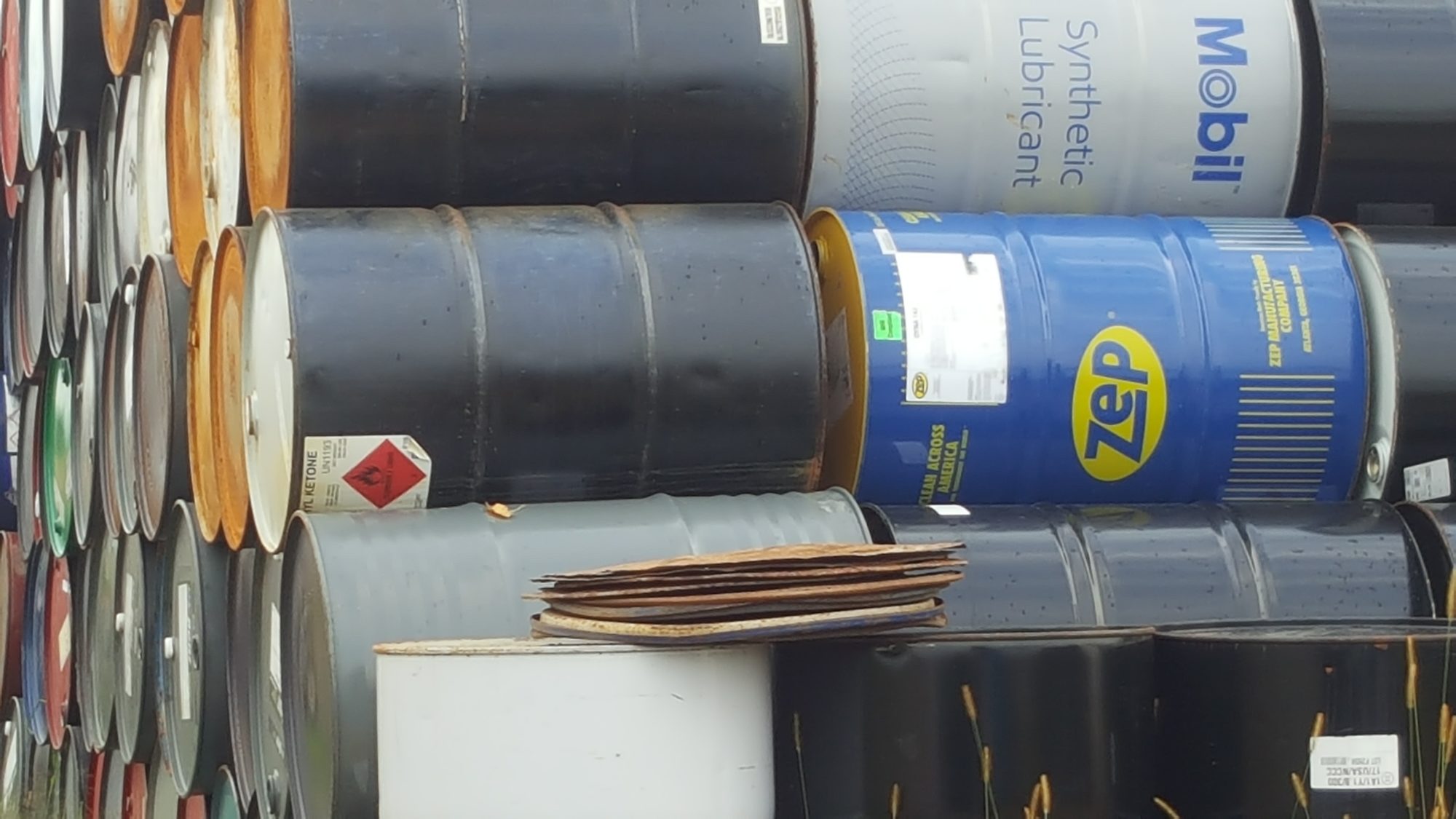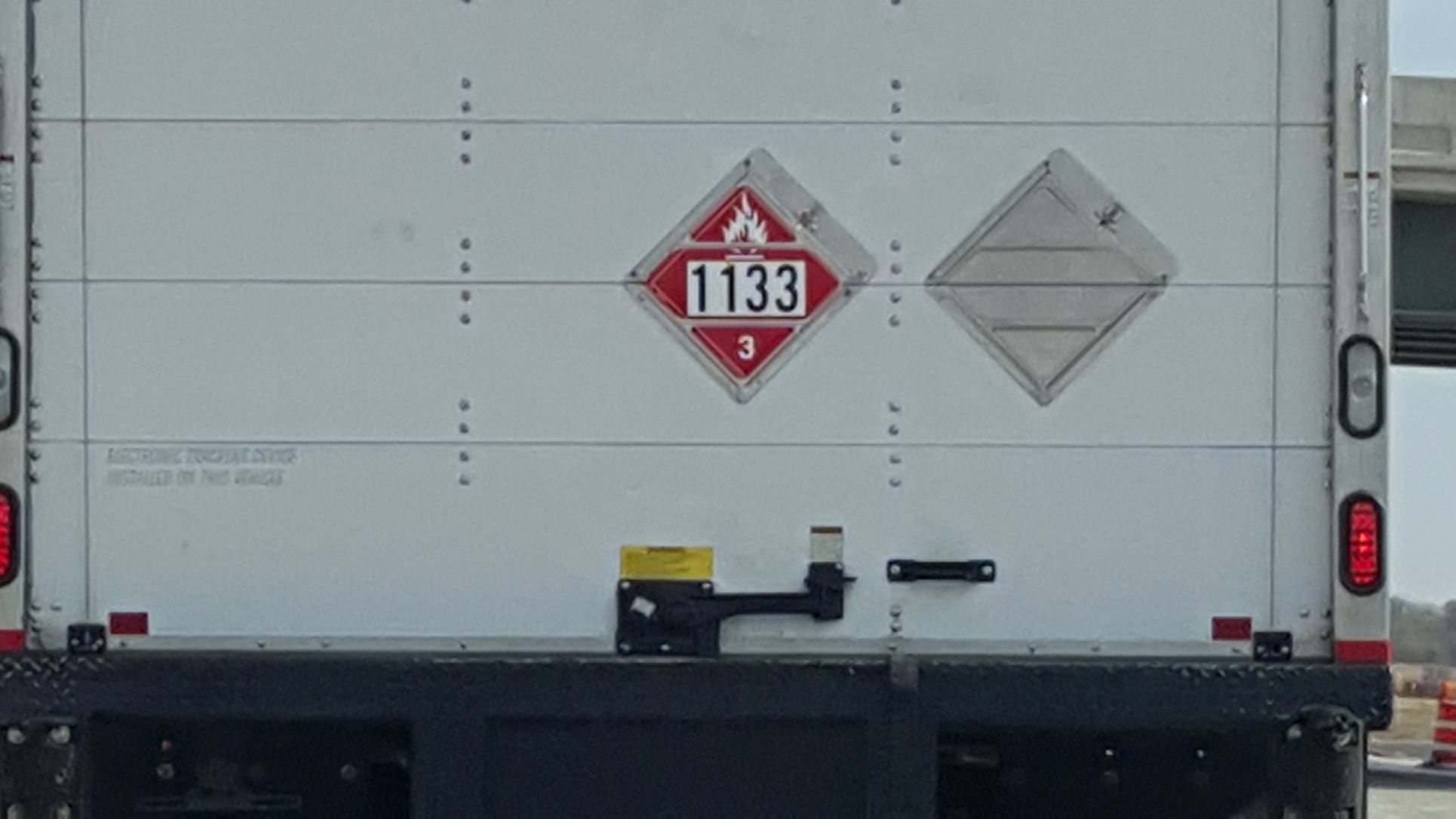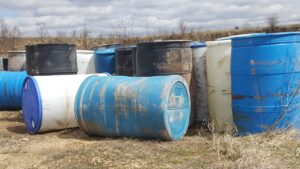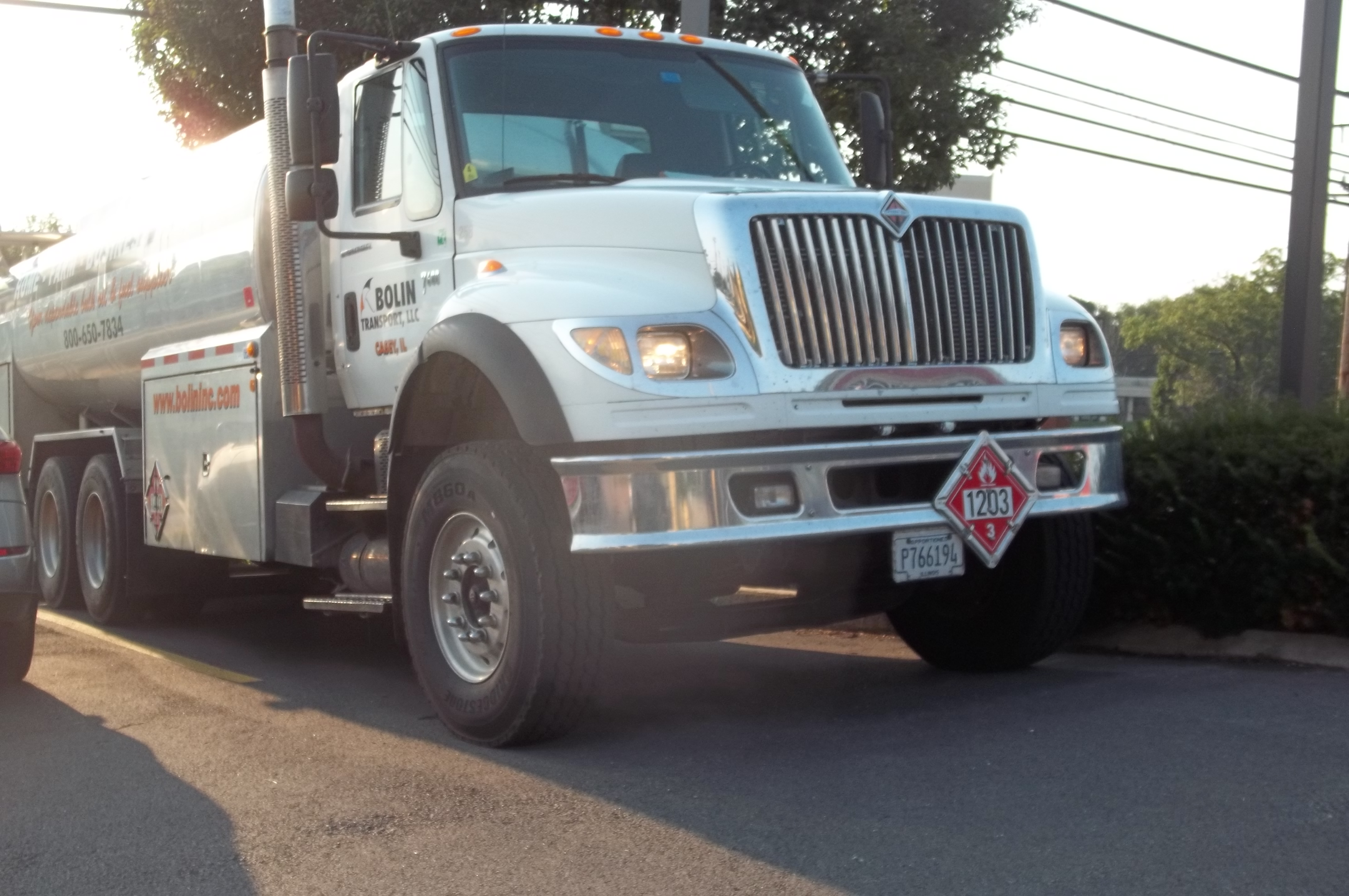A question from a soldier in the U.S. Army on July 20, 202o:
CLASSIFICATION: UNCLASSIFIED
Hello Daniels Training Services, INC. Team,
I read through your internet article USDOT Requirements for Shipments of Empty Packagings. Thanks for posting it.
I have a couple of questions on behalf of the US Army Europe.
Situation: We have DOT 406 Bulk Fuel Cargo Tanks that must be returned to numerous Army bases across the USA from Europe. The tanks have contained fuel and have been completely drained (including pipes, pumps and removal filtering systems) according to the manufacturers technical manuals. There may be “Crevice” residue fuel trapped in pipe connection seals that is undrainable. We will use military vessels to get them back from Europe to the nearest port in the USA. The tanks will have onward shipping by commercial trucks to their final destinations in the USA. We find no examples or provisions in the 49 CFR 171-173 that define “Cleaning/Purging” certificates or statements. We want to make sure that the “Cleaning/Purging” certificate statement we prepare here in Europe is acceptable for commercial carriers in the USA to authorize them to carry these Bulk Fuel Cargo tanks as a Non-Hazardous Material shipment.
Question 1. What resource document tells me the “SHIPPER” is responsible to know the exact provisions (standards) of what is meant by sufficiently cleaned of residue and purged of Flammable Liquid Vapors” for the below fuel types?
Question 2. Must tanks be cleaned with liquid substance?
Question 3. Or is “Draining all liquids & ventilating vapors below LEL levels to satisfy both terms, “Sufficiently Cleaned of Residue and Purged of Flammable Liquid Vapors” even if the temporary LEL of 0.00%(V) id recorded?
| Bulk Packaging Type | Capacity | HazMat Label | Marking | Placard |
|---|
| Intermediate Bulk Container (IBC) | All
(Option 1) | No labels.
172.400(a)(2) | Identification number on all four sides.
No regulation explicitly allows for the display of the ID# on 4 sides of an IBC w/ a capacity of <3,785 L but it is not forbidden. | Placard on all four sides.
172.504(a) |
| All
(Option 2) | No labels.
172.400(a)(2) | Identification number on two opposing sides if capacity of bulk packaging is less than 3,785 L.
172.302(a)(2).
Bulk packaging with a capacity of 3,785 L or more must display the identification number on all four sides and therefore may not take advantage of this exception since per 172.332, the identification number must be displayed on or near the placard.
172.302(a)(1) | Placard on two opposite sides.
172.514(c)(4) |
| 1.8 m3 or more. | HazMat label on two opposite sides.
172.406(e)(6) | Identification number and proper shipping name as if for a non-bulk packaging per 172.301(a)(1).
172.514(c)(4)
Identification number as if for a non-bulk packaging per 172.301(a)(1).
172.336(d) and 15-0120 | No placards.
172.514(c)(4) |
| Less than 1.8 m3. | Label one side.
172.406(e)(6) | Identification number and proper shipping name as if for a non-bulk packaging per 172.301(a)(1).
172.514(c)(4) and 15-0120
Identification number as if for a non-bulk packaging per 172.301(a)(1).
172.336(d) | No placards.
172.514(c)(4) |
| | | | |
| Large Packaging | All
(Option 1) | No labels.
172.400(a)(2) | Identification number on all four sides.
No regulation explicitly allows for the display of the ID# on 4 sides of a large packaging w/ a capacity of <3,785 L but it is not forbidden. | Placard on all four sides.
172.504(a) |
| All
(Option 2) | No labels.
172.400(a)(2) | Identification number on two opposing sides if capacity of bulk packaging is less than 3,785 L.
172.302(a)(2).
Bulk packaging with a capacity of 3,785 L or more must display the identification number on all four sides and therefore may not take advantage of this exception since per 172.332, the identification number must be displayed on or near the placard.
172.302(a)(1) | Placard on two opposite sides.
172.514(c)(4) |
| 1.8 m3 or more. | HazMat label on two opposite sides.
172.406(e)(1) | Identification number as if for a non-bulk packaging per 172.301(a)(1).
172.336(d) and 15-0120 | No placards.
172.514(c)(5) |
| Less than 1.8 m3. | Label one side.
172.406(e)(1) | Identification number as if for a non-bulk packaging per 172.301(a)(1).
172.336(d) and 15-0120 | No placards.
172.514(c)(5) |
| | | | |
| Bulk Packaging other than portable tank, cargo tank, or tank car, e.g. bulk bag or box | All | No labels.
172.400(a)(2) | Identification number on all four sides.
No regulation explicitly allows for the display of the ID# on 4 sides of a bulk packaging w/ a capacity of <3,785 L but it is not forbidden. | Placard on all four sides.
172.504(a) |
| 18 m3 or more. | No labels.
172.400(a)(2) | Identification number on all four sides.
172.302(a)(1) | Placard on all four sides.
172.514(c)(3) |
| 1.8 m3 or more and less than 18 m3.
(Option 1) | Label on two opposite sides.
172.406(e)(1) | Identification number as if for a non-bulk packaging per 172.301(a)(1).
172.336(d) and 15-0120 | No placards.
172.514(c)(3) |
| 1.8 m3 or more and less than 18 m3.
(Option 2) | No labels.
172.400(a)(2) | Identification number on two opposing sides if capacity of bulk packaging is less than 3,785 L.
172.302(a)(2).
Bulk packaging with a capacity of 3,785 L or more must display the identification number on all four sides and therefore may not take advantage of this exception since per 172.332, the identification number must be displayed on or near the placard.
172.302(a)(1) | Placard on two opposite sides.
172.514(c)(3) |
| Less than 1.8 m3. | Label one side.
172.406(e)(1) | Identification number as if for a non-bulk packaging per 172.301(a)(1).
172.336(d) and 15-0120 | No placards.
172.514(c)(3) |
As you can see above, all these fuels have different Lower/Upper Explosion Limits.
Question 4. Would you recommend that we set the standard with a LEL of 0.00% (V)?
Purpose of your efforts will help us establish a template certificate “Drain/Clean/Purge” statement for Fuel Cargi Tanks shipping for Soldiers returning from missions in support of the US Army in Europe.
Thank you in advance for any assistance you may provide us.
My reply that same day:
I will review and reply.
He was able to wait:
Mr. Stoehr,
Thank you, standing-by.
My final answer 06.21.20:
Please see below. My answers – like the article you referred to earlier – are derived from the Hazardous Materials Regulations (HMR) of the Pipeline and Hazardous Materials Safety Administration within the US Department of Transportation (USDOT/PHMSA). The transportation in commerce of a hazardous material to, from, or through, the U.S. is subject to the HMR.
Question 1:
- There is no clear regulatory citation on this specific point in the HMR.
- 49 CFR 171.8 identifies the person who offers or offeror of a hazardous material (aka: the shipper) as a person who performs or is responsible for performing a pre-transportation function (described at §171.1(b)) or makes the HazMat available to the carrier.
- The shipper is responsible for compliance with §173.29 Empty packagings as it is with the remainder of part 173.
- The shipper must determine if the consignment is a HazMat and if so, what type and then communicate that information to the carrier. This requires the shipper to determine if a packaging, “Is sufficiently cleaned of residue and purged of vapors to remove any potential hazard”, or “Is refilled with a material which is not hazardous to such an extent that any residue remaining in the packaging no longer poses a hazard;”
- In sum: There are no examples or provisions in the HMR for cleaning or purging certificates or statements.
Question 2:
- This is easier. No.
- 49 CFR 173.29(b)(2)(ii) requires the packaging to be, “…sufficiently cleaned of residue and purged of vapors to remove any potential hazard;” it does not prescribe how to do this.
Question 3:
- The HMR do not reference the LEL or UEL.
- It is up to you as the shipper to ensure compliance with §173.29. The HMR does not indicate how you do this.
Question 4:
- I do not recommend you set the standard with a LEL of 0.00%(V) since that is not indicated as a standard at §173.29.
- Instead, I recommend you ensure compliance with the conditions of §173.29.
Purpose:
I think it a good idea to draft a “certificate of drain/clean/purge” though one is not required by the HMR. In my experience, most carriers wish to see one if they suspect the presence of HazMat.
I hope this helps. Please contact me with any other questions.
Conclusion:
That was the last I heard from him. I hope the project went well. This is a common question among shippers of hazardous materials: How do I ensure the packaging is empty per 49 CFR 173.29? What certification is required? The answer is this: It is up to the shipper to determine if a packaging is in compliance with the requirements of 49 CFR 173.29 and then to offer it for transportation accordingly.




